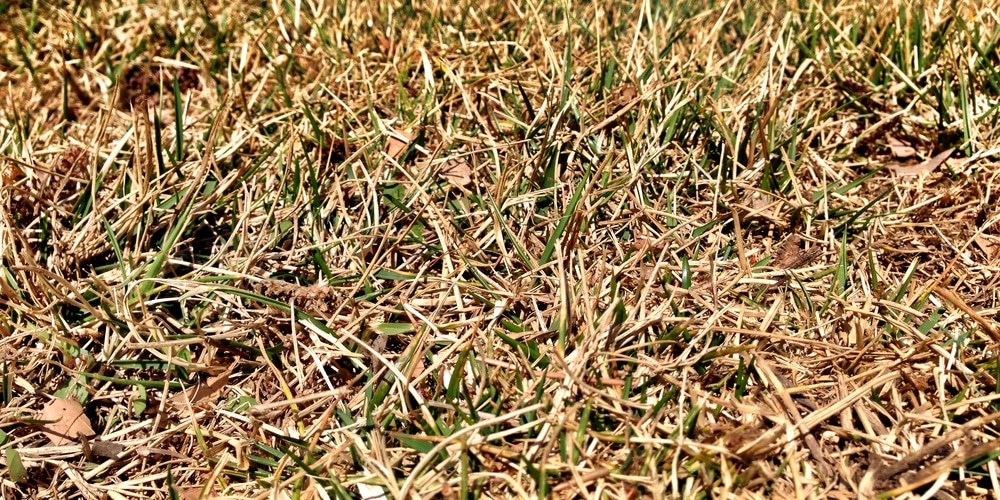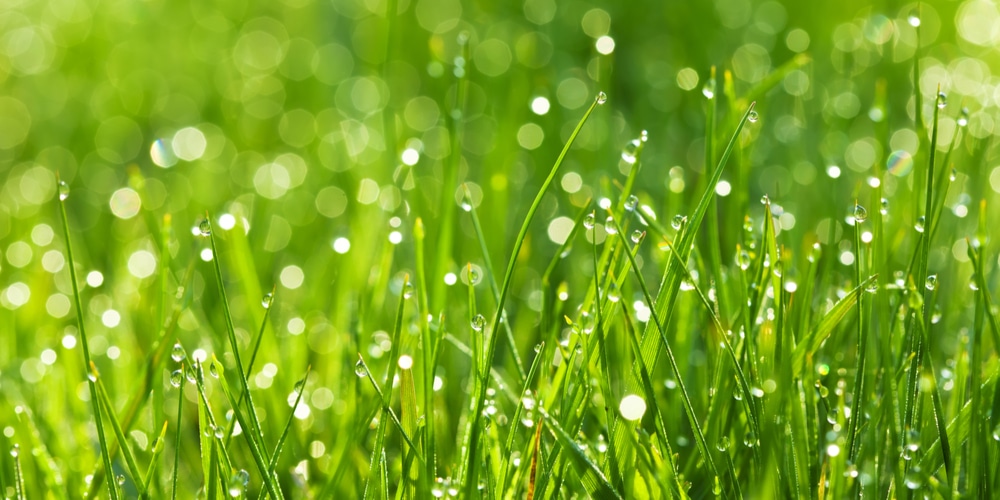Grass is a common sight in many landscapes, and its colors can range from a deep green to brown or even purple. But what causes grass to change color? While several factors influence the color of grass, understanding the different shades of grass can help us better understand our environment. Let’s look at different colors of grass.
Different colors of grass
By being aware of the different colors of grass, it will be easier to identify potential issues with your lawn’s health. With a bit of knowledge, you can keep your lawn looking great for years to come. Here’s what different colors of grass are indicative of:
Dark green grass
A dark green hue on grass is usually caused by adequate nutrients, sufficient water, and proper mowing techniques. Grass with this color is indicative of a healthy lawn.
A healthy warm-season grass will look dark green throughout the spring and summer months, while cool-season grasses look their best in the fall and winter.
Light green grass
Light green grass can indicate that the lawn may be suffering from nutrient deficiencies or improper watering patterns. Grass in this color range also shows that there is not enough sunlight for photosynthesis to occur, which is essential for the health of grass.
If you have light green grass, the first step is to check for nutrient deficiencies, which can be done with a soil test. Applying fertilizer can help replenish any lost nutrients and should bring back that deep green color.
Ensure to water your lawn properly, following recommended guidelines from an expert in your area. In hotter areas, your lawn will need to be watered more often and deeply in the summer.
Finally, ensure that your mowing technique is correct for the maximum health of your grass. Be careful not to scalp the grass as this will cause it to turn light green, yellow or brown.
Brown grass

A brown color in grass is usually caused by stress or lack of water, leading to dehydration and turf damage. To help keep a healthy lawn, ensure you’re regularly watering your grass according to local guidelines. In the event of prolonged drought or other environmental issues, supplemental irrigation may be necessary for a healthy lawn.
Brown grass often indicates that there may be a fungus present. Over-watering can also contribute to the color of brown in grass, particularly when combined with temperatures that are not optimal for photosynthesis.
Dormancy can also cause the grass to turn brown. Grass that is dormant due to cold weather or drought will turn brown until temperatures rise again or it gets enough water.
Red grass
Red grass typically indicates that the lawn is suffering from a fungal disease, such as rust. Applying a fungicide can also help to get rid of the fungal disease, but make sure to read any safety instructions on the product before use.
A red tint to the grass can also mean that the soil in the area has too much iron or aluminum.
Purple grass
Purple grass generally means that there is too much phosphorous in the soil. If this is the case, it’s best to wait until the grass turns green again before applying phosphorus-containing products like fertilizer. Applying too much phosphorous can lead to other issues, such as nitrogen deficiencies and an excess of weeds.
Ornamental grasses may also turn purple, as some varieties are bred to produce this color. If you’re unsure why your grass is turning purple, it’s best to consult an expert or do further research on the type of grass you have.
Conclusion
By understanding the different colors of grass, we can better understand our environment and the health of our lawns. Through careful observation and maintenance, we can ensure that our lawns stay healthy and vibrant.
